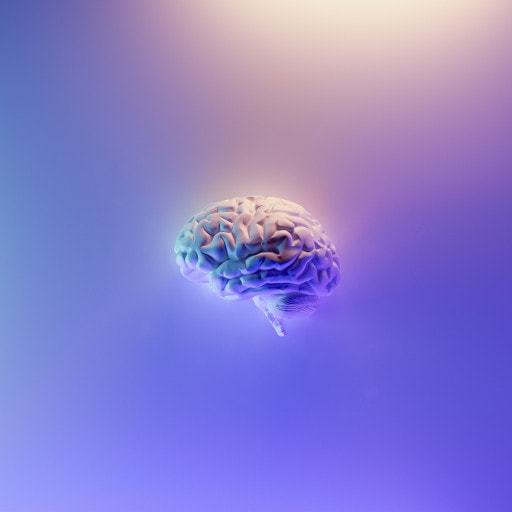Whether you’re a tech nerd aiming to boost your career or just simply curious about the intimidating buzzword – “deep learning” – you are in the right place. This cutting-edge technology is among the most transformative forces in the tech industry today and is poised to revolutionize various aspects of our daily lives, including photography.
What Is Deep Learning?
Deep learning is a specialized area within machine learning that uses advanced artificial neural networks and sophisticated algorithms to develop and refine complex models. Unlike traditional machine learning, which relies on predefined rules, this technology learns from large datasets and improves its performance over time without manual intervention.
These systems excel at recognizing intricate patterns, making precise classifications, and performing complex tasks with exceptional speed and accuracy. By utilizing extensive data and powerful computational resources, these models achieve levels of understanding and functionality that are challenging to achieve through manual programming alone.
How Does Deep Learning Work?
The mechanism behind deep learning involves the use of both supervised and unsupervised learning techniques. In supervised learning, algorithms are trained on datasets where the outcomes are known, allowing the system to learn the relationship between inputs and outputs through repetitive processing. Conversely, unsupervised learning involves analyzing unlabeled data to identify patterns and correlations without predefined outcomes. This dual approach allows deep learning systems to make predictions and uncover insights from both structured and unstructured data.
Applications of Deep Learning in AI Headshot Photography
In AI headshot photography, this advanced technology has brought about significant improvements. It enhances photo quality, optimizes facial recognition, and creates highly realistic digital avatars. By applying sophisticated neural networks, AI tools can adjust lighting, refine facial features, and correct imperfections with remarkable precision. These systems analyze numerous headshots to grasp the subtleties of facial expressions, lighting conditions, and backgrounds, leading to more accurate and visually appealing results. This technology not only elevates the quality of headshots but also streamlines the editing process, making it more efficient and less labor-intensive.
The Benefits of Deep Learning
The primary advantage of deep learning is its ability to perform tasks that traditionally require a human level of intelligence. With interconnected neural networks and complex algorithms, these systems autonomously process and analyze data, producing highly accurate predictions and insights. This capability is crucial for fields such as computer vision, natural language processing, and speech recognition, as well as practical applications like AI-powered photography.
Additionally, this technology greatly surpasses traditional machine learning methods in speed and efficiency. By quickly processing large volumes of data, it uncovers patterns and insights that would be difficult for humans to detect, making it an invaluable tool for businesses and industries aiming to fully leverage their data.
Conclusion
This technology stands out as a groundbreaking force in today’s tech landscape. By leveraging advanced neural networks and intricate algorithms, it enables machines to master complex tasks and make precise predictions. In AI headshot photography, it enhances image quality and editing efficiency, demonstrating its versatile and impactful applications. As this technology continues to advance, its potential to revolutionize various fields and improve our interactions with digital media remains immense.
FAQs
Q: What is deep learning?
A: Deep learning is a subset of machine learning that utilizes advanced artificial neural networks and algorithms to develop sophisticated learning models. It allows machines to autonomously learn from data and perform complex tasks with high accuracy.
Q: How does deep learning work?
A: Deep learning combines supervised learning, where models are trained on labeled data, and unsupervised learning, where models analyze unlabeled data to find patterns. This approach enables systems to make predictions and discover insights from various types of data.
Q: What are the benefits of deep learning?
A: The benefits of deep learning include its ability to perform tasks that require human-level intelligence, superior accuracy and efficiency compared to traditional algorithms, and the capability to process and analyze large datasets to identify patterns and correlations.






